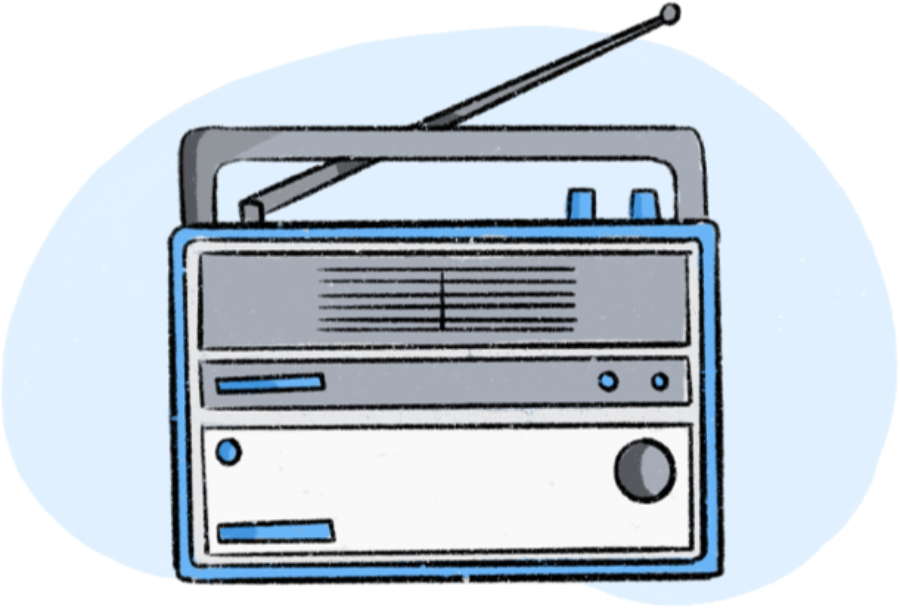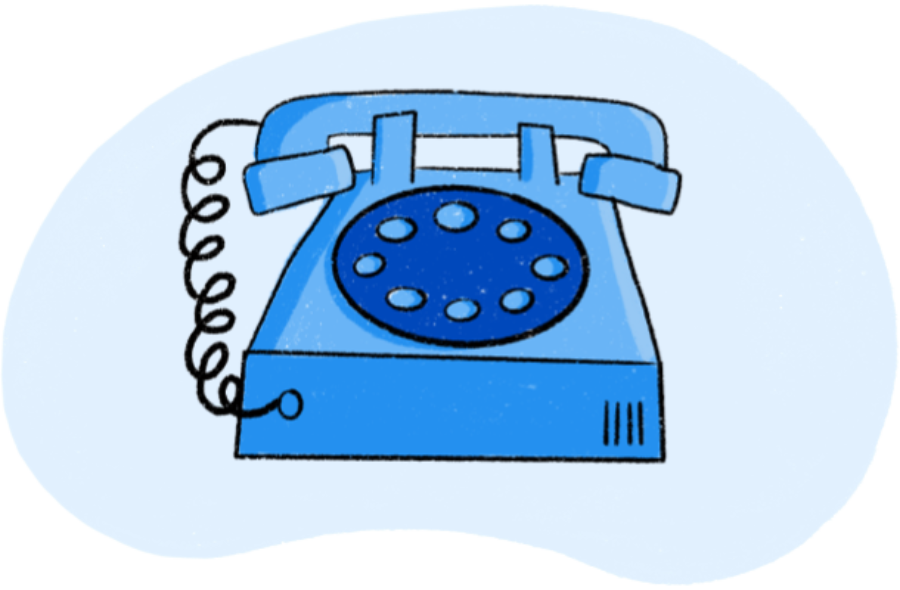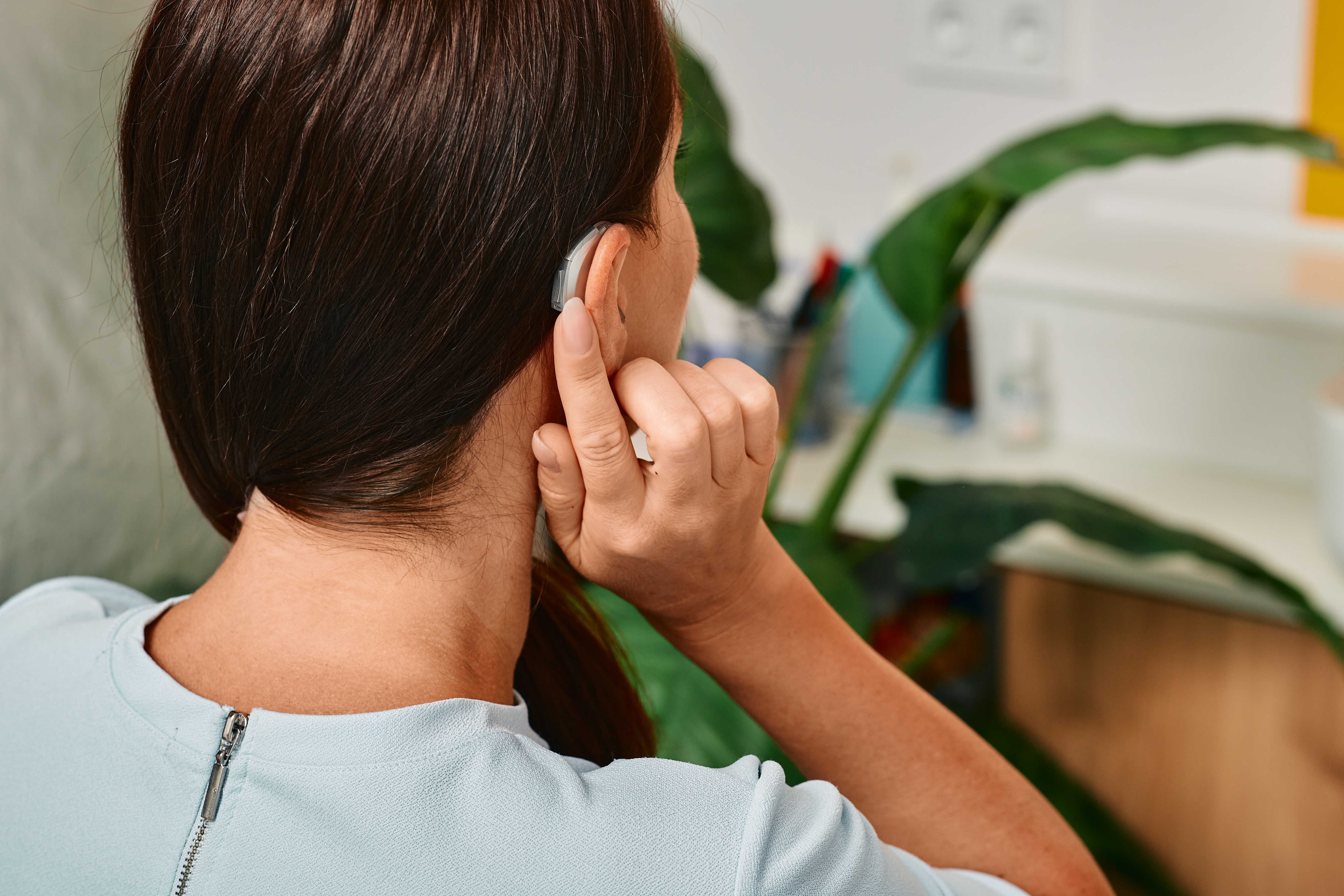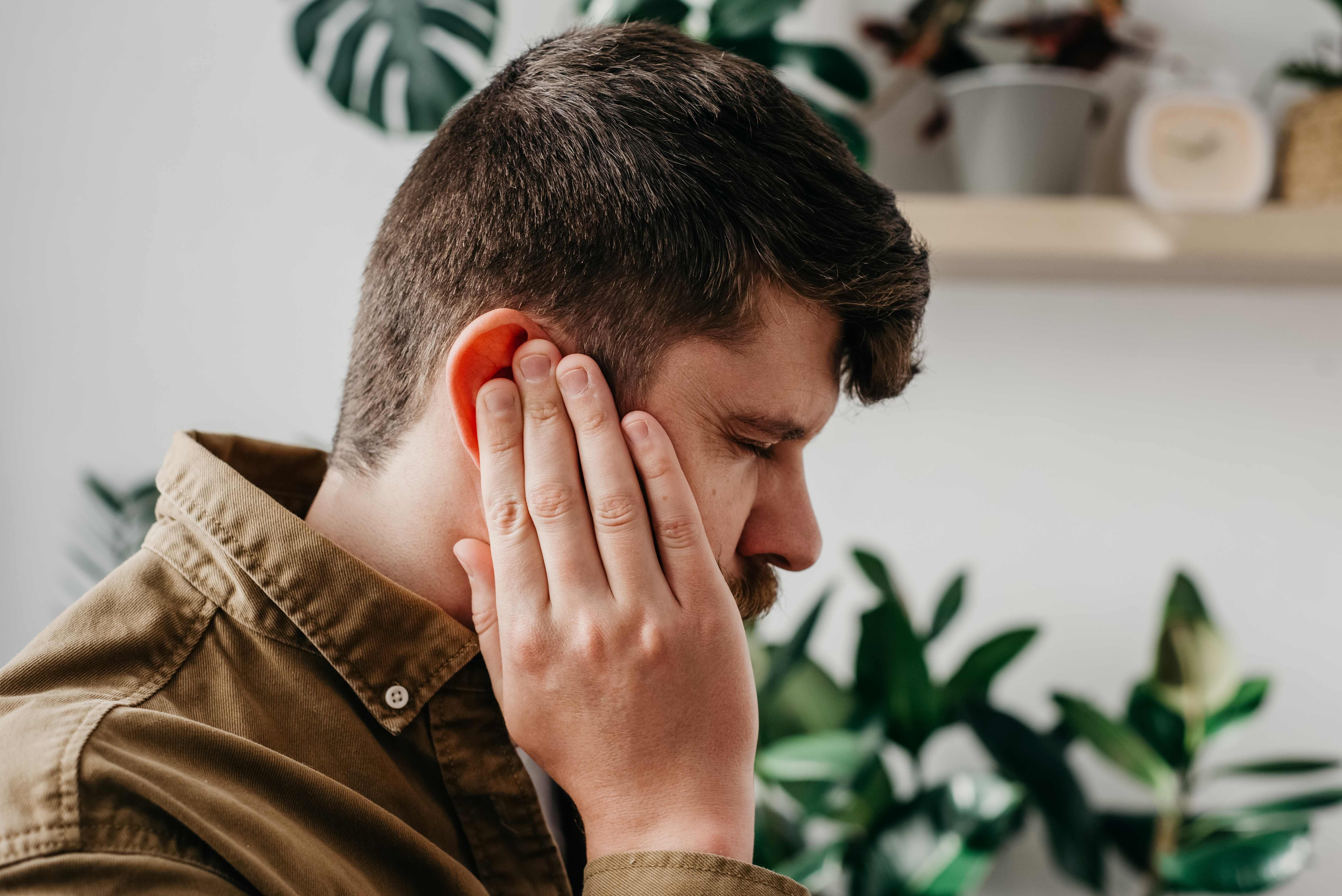

How to replace a hearing aid tube
For dome hearing aids:
- Gather a new tube and dome to start.
- Remove the existing tube: Carefully hold the tube and unscrew it from the body of the hearing aid.
- Attach the new tube: Take the new tube and screw it onto the hearing aid.
- Install the new dome: Take the new dome, making sure the side with the small tab faces away from the body of the hearing aid. Push it into place until it fits snugly.
For mould hearing aids:
- Gather a pair of scissors and a new tube.
- Detach the existing mould and tube: Start by removing the mould and tube from the hearing aid. Hold securely next to the joint between the tube and the hearing aid and pull firmly.
- Remove the old tube: Take out the old tube from the mould and set it aside. You will use it later to measure the new tube.
- Insert the new tube: Insert the tapered end of the new tube into the opening of the mould. If there are two holes, insert the tube into the top one.
- Pull the tube through: Push the tube through until you can grip the other side. Pull it all the way through to the bend in the tube. Use pliers or tweezers if needed.
- Position the tube: Ensure the bend in the tube is oriented towards the top of the mould.
- Trim the excess tube: Trim the tube so it’s flush with the internal side of the mould.
- Measure the correct length: Line up the new tube with the old tube and trim to the correct length.
- Attach the tube to the hearing aid: Turn the hearing aid so the ear hook aligns with the larger part of the mould. Hold the new tube firmly and push it onto the ear hook of the hearing aid.
How can we help?

Need further help?
If you still have questions, you can speak to one of our friendly hearing aid advisers.
Get in touch
Need more hearing aid supplies?
Head over to our shop for hearing aid batteries, wax guards, filters and cleaning supplies.
Visit our online shop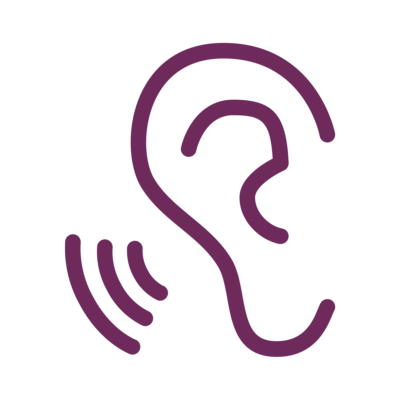
Time for your next hearing test?
We'll test your ears, assess your individual needs, run through your options and help find the right hearing aids for you.
Book a hearing test


Hearing aid FAQs
If your hearing aids are new, it's totally normal for it to feel like the sound is too loud to start with.
You may have suffered with hearing loss for a long time and have got used to the quiet and not being able to hear all the sounds around you.
Suddenly the clicks from a keyboard, the sound of rushing water, and even the squeaks of your shoes seem very noticeable. This is a good thing – you’re hearing sounds you haven't heard in a long time! Still, it may be tiring to take in all these new sounds.
We recommend giving it some time for your brain needs to readjust to hearing specific sounds again. Generally, the acclimatisation period is around 4 to 6 weeks.
If your hearing aids are not new, then give us a call on 0800 60 50 40 to speak to an adviser.
Most hearing aids have automatic feedback cancellation but there are some instances where feedback (whistling) can occur.
- Check if your hearing aids are getting covered up. If you are wearing a hat or scarf then make sure that it does not cover up the hearing aids. This also applies if you are leaning your ears against a cushion or pillow.
- Check your hearing aids are fitted correctly. A poor fit will cause feedback so ensure your hearing aids are fitted correctly. Take the hearing aid device itself out and refit. If the hearing aids or tips/earmoulds still do not fit correctly then please contact us.
- Check your volume level. If this is set too high then feedback can occur so adjust your volume to a lower level. If you are unable to hear at this lower level then it is possible your hearing has changed so please contact us to arrange a free hearing assessment.
- A build-up of wax can cause feedback so if you feel this is the case then please contact us for advice on wax removal.
Hearing aids should not be uncomfortable to wear throughout the day.
However, if this is the first time you have worn hearing aids then it can take a couple of weeks for you to get used to them. This is usually done by wearing them for a short period and gradually building up the time worn.
If you have worn hearing aids for some time then it is possible they are not correctly placed in your ear so take them out and refit.
If they are still causing you discomfort then please contact us.
- Check the hearing aid batteries. If the battery level is low then performance can be affected so replace the batteries. Also if you see any damage or corrosion to the batteries then carefully remove them and replace. If the sound is still distorted then please call us.
- Check the battery contacts. If the contacts (small metal prongs) are bent or not in good shape then please call us.
- Change the program. If applicable, try changing to a different program. If the sound is still distorted then please call us.
- Check the hearing aids. If you can see any damage or defects then please call us.
If the sound is still distorted then please call us.
For many new hearing aid users, they have spent years not hearing higher pitched sounds. Hearing birdsong and the voices of women and children clearly again is of great benefit, but they might find other buzzing and humming sounds, like their fridge freezer, annoying.
Most people will adapt to hearing these sounds again very quickly, but if they prevent you from wearing your hearing aids regularly then please get in contact and our Audiologists can make adjustments.
If you’re new to wearing hearing aids, then it’s worth noting that it takes time for your brain to get used to the sounds. What appeared to be loud enough at the start may seem quiet or dull after a few days or weeks of regular use. This is normal and may just mean that an Audiologist needs to fine tune the settings.
There are however some other factors which you should check to make sure your hearing aids are working effectively:
- If sound is still dull, then you should check your tips, earmoulds and tubing for blockages. Remove any visible wax with a small brush or cloth. If the wax filter is blocked, then replace this – do not clean it.
- Ensure that your hearing aids are inserted properly. The tube/cable should be flush with your cheek.
- You can also check that the microphone opening is not blocked. Simply use a brush to clean the top of the aid and remove any visible wax or debris.
- Check the volume level. Try adjusting the volume in case this has been set to a lower level than you normally use. If there is no change to the volume level then please call us.
- Change the program. If applicable, try changing to a different program. If there is no difference to the volume level between programs then please call us.
- If you are confident that there is nothing wrong with your hearing aids, then it could be that your ears could be blocked with wax, or your hearing ability may have changed. If you feel that this is the case then please contact us.
- Check that the batteries are not dead. Close the battery door. The hearing aid will play a sound signal to indicate that it is on unless your Audiologist has deactivated this function.
- Following the battery check, check if sound is still being produced by trapping the hearing aid in your hand with your fingers wrapped around the aid. If you can hear the aid whistle, then sound is being produced.
- If sound is still produced, then you should check your tips, earmoulds and tubing for blockages. Remove any visible wax with a small brush or cloth. If the wax filter is blocked, then replace this – do not clean it.
- Then you can also check that the microphone opening is not blocked. Simply use a soft cloth to wipe over the top of the aid and remove any visible wax or debris.
- If none of these steps work, then get in touch for further advice.
Aftercare is included with all of our hearing aids here at OutsideClinic. Aftercare is available for the lifetime of your hearing aids. Just call 0808 239 3504. Our hearing care specialists are on hand to give you the help you need.


